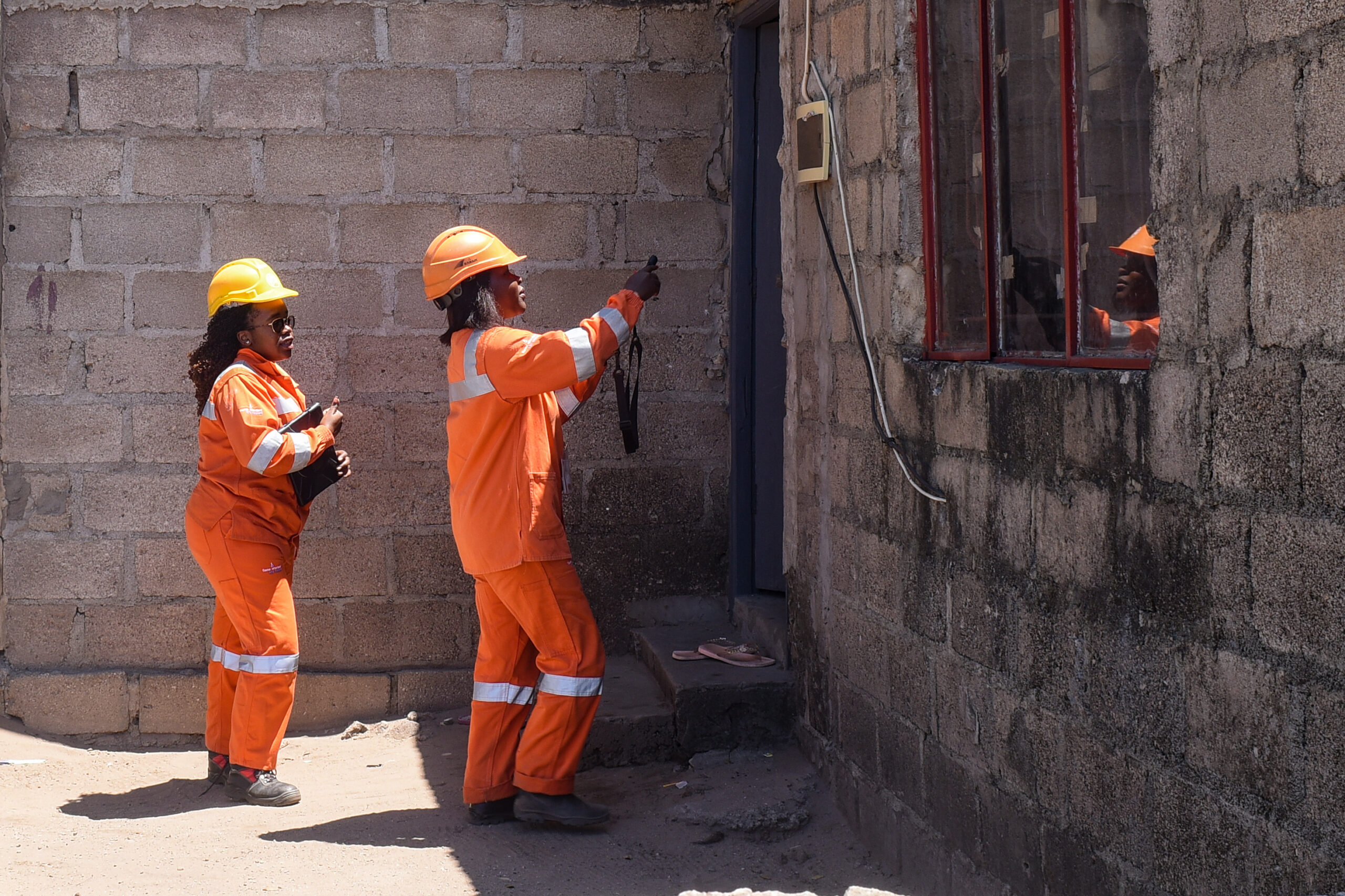Technical and Non-Technical Losses
Loss reduction is an important part of any business, as it helps to ensure that the utility is maximizing its profits and efficiency
There are two types of losses: technical and non-technical. Technical losses are caused by thermal losses in cables and transformers and magnetic losses in transformers, while non-technical losses, the energy consumed by the clients and not billed,are due to metering and billing systems inefficiencies, fraud and theft.
Technical losses and Non-technical losses have a direct impact on the financial result of the DSO. Intensifying the fight against non-technical losses often results in a reduction in consumption and therefore, ultimately, in a favourable impact on energy purchases (or generated) and technical losses.
It is particularly true for installations under overload. Due to the valuation of gains, its lower costs, and its impact on technical losses and investments, the fight against non-technical losses is therefore often a priority. From an operator standpoint, technical losses always occur on networks and the real question is “how to asses and then optimize them”. Any gain on technical losses allows a reduction in energy purchases or generated to the system (and therefore a gain on EBITDA) at constant turnover.

There are two types of losses: technical and non-technical. Technical losses are caused by thermal losses in cables and transformers and magnetic losses in transformers, while non-technical losses, the energy consumed by the clients and not billed,are due to metering and billing systems inefficiencies, fraud and theft.
The main levers to decrease technical losses are:
- The doctrine of network development, in particular the design of equipment according to technical and economic optimization with an investment level that keeps the voltage drop/technical losses level at technically and economically optimal,
- The network structures including the operating scheme with minimal losses and operating conditions like energy balancing in LV network.
Concerning non-technical losses, the main levers to decrease are :
Having a fleet of suitable meters and a LV network and connections adapted to the problem of non-technical losses.
Monitoring of customers meters through field inspection through relevant queries in the information system,
Adaptation of all procedures and their description in the information with the “NTL vision” and control at all relevant levels of the DSO organization,
Objectives
Develop a plan to reduce technical and non-technical losses.
Establish the global Energy Balance.
Calculate and measure losses levels at each network power level.
Our approach
We support our clients from strategic consulting to operational process optimisation based on their needs and objectives.
Audit provides detailed losses study with a mapping of technical and non-technical losses, an investment plan, and technical optimization doctrine.
Our consultancy services include:
- Overall diagnosis of the situation including analysis of the external and internal context
- Estimation of technical losses in energy production and calculation of non-technical losses
- Audit: detailed study of losses, investment plan, technical optimisation scheme, mapping of technical and non-technical losses
- Loss reduction actions plan: optimisation of technical losses, recommendations to reduce non-technial losses, proposal to improve the existing action plan with optimised targeted investments to reduce technical losses and corrective actions against non-technical losses
- Transfer of know-how: short and long-term missions in management support and expertise
Benefits of loss reduction solutions for Distribution System Operators
- Improve the company’s financial performance (EBITDA)
- Identification and assessment of gains from reducing energy losses
- Knowledge of the level, and main causes of losses
- Energy savings
- Metering equipment optimisation
- Increased know-how in the staff
Get in touch
